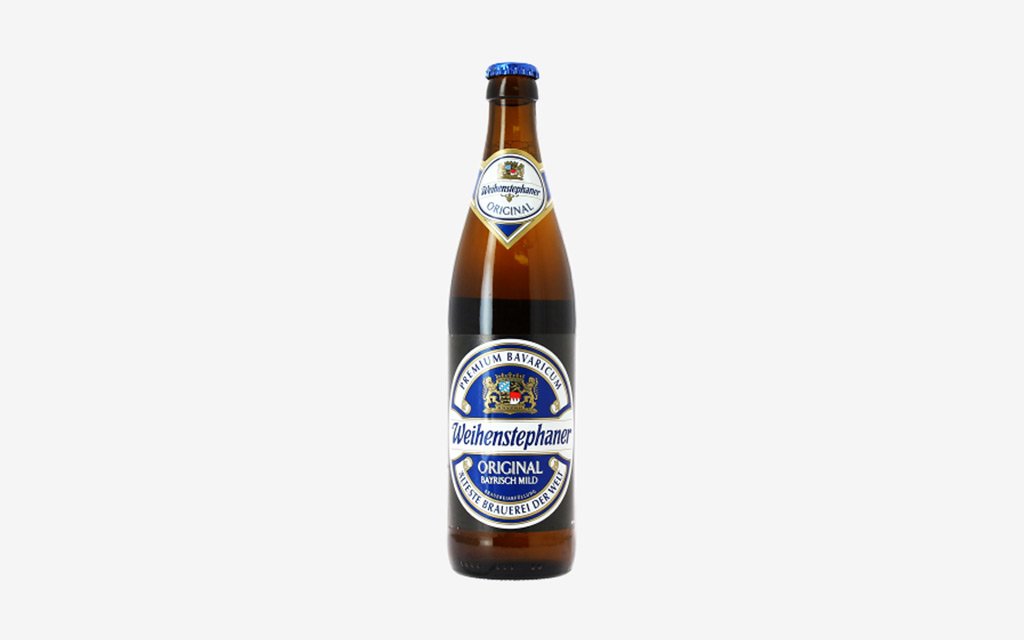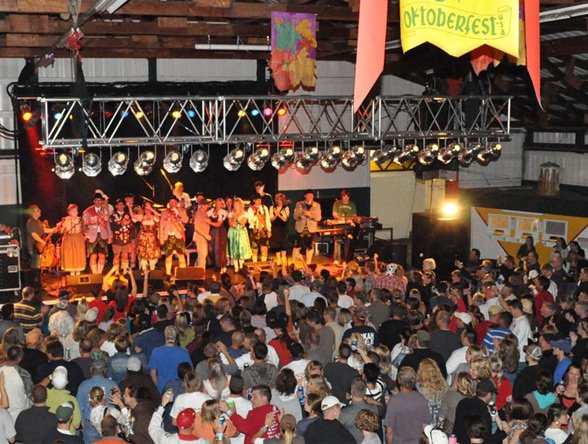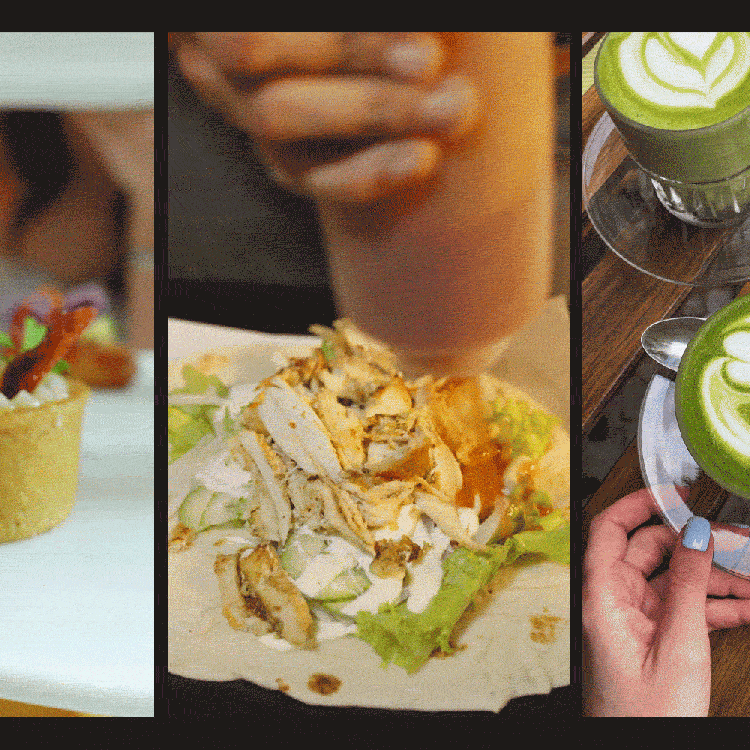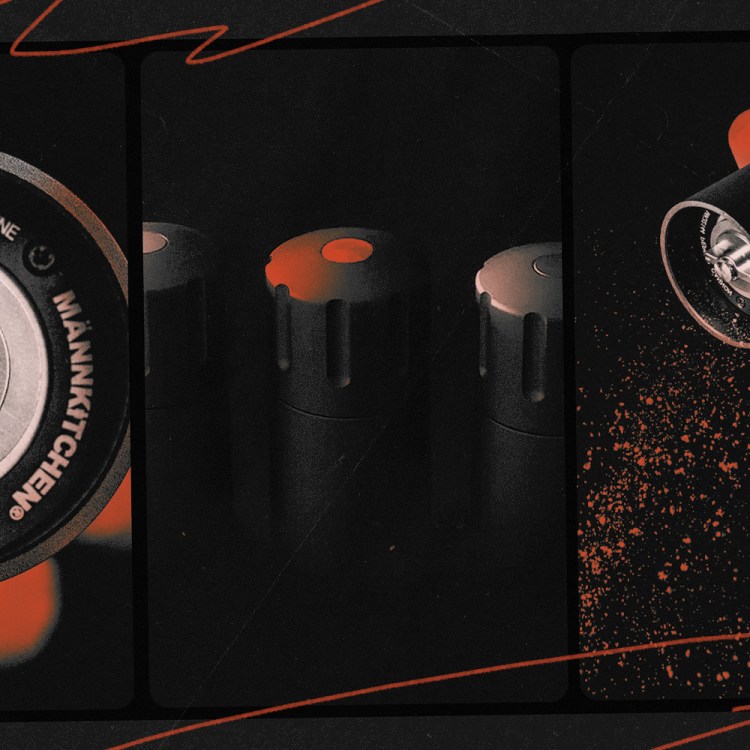As we speak, people in Germany are drinking beer. Of course, this could be said on any day, at any moment, in our Gregorian calendar.
But it is especially pertinent this week, as the world descends on Munich to celebrate the 207th anniversary of Oktoberfest.
So what is Oktoberfest? Aside from an excuse for grown men to wear lederhosen, play drinking games, and possibly wake up on the floor?
We recently paid our friends at Paulaner — one of six Bavarian breweries that adheres to the Reinheitsgebot (a set of German beer purity laws), and is thusly permitted to serve beer at Oktoberfest — to figure out exactly that.
Our consigliere in this endeavor? Marco Santomauro, current General Manager at Paulaner NYC and a 23-year veteran of the brewery’s Munich-based headquarters.
From food pairings to pouring techniques to why, exactly, those glass-handled steins are shaped the way they are, here’s what we learned from him.
Prost.
(Nota bene: If you’re in NYC, be sure to check out Paulaner’s Oktoberfest programming, which features tons of deals on beer and food. They also offer keg service if you’re looking to host the festivities at home.)
♦♦♦






























